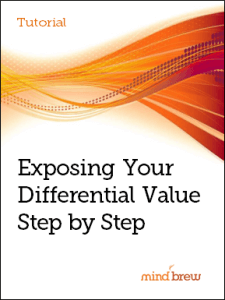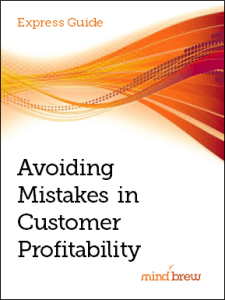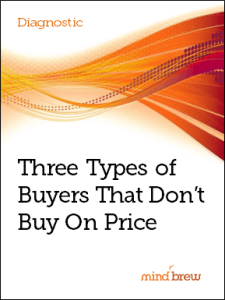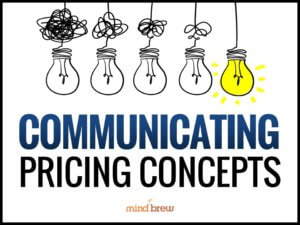Over the years, I’ve spent a lot of time talking with customers about using predictive models to solve their pricing and margin challenges. And while it is true that companies can get significant margin improvement from better pricing, we are really helping companies make good decisions in the face of massive complexity.
Consider a B2B company that has 500,000 products and 20,000 customers. This means there are more than one billion potential price decisions to be made! The sheer volume of products and customers in most industrial businesses, combined with their large sales forces, results in hundreds of pricing decisions made each day by sales reps. How well-equipped are they to make a lot of those decisions?
The issue presents itself in pricing, but it also appears every time a sales rep or other front-line employee makes a decision about where to spend their time. The cardinality of the problem is overwhelming for employees who lack sufficient time, information and training to make the optimal choice each time.
To overcome these challenges and enable sales to make better decisions, companies try one or two manual approaches that sound good but often fail to scale. Either they add more process around exception approvals or rely on more reporting and analysis.
Can you really manage the level of complexity in your business through human analysis? How many analysts using BI tools does it take to calculate 1 billion prices? These approaches necessitate adding headcount and ultimately slow down the selling process.
Adding more rules and approvals to improve decision-making does not solve the challenge either. You would need an unmanageable number of rules to align and update prices across your business. No one has enough analysts to do that, so companies revert to a few simplistic discount rules and lots of overrides, or they completely defer to sales reps’ discretion.
These approaches fail to generate measurable financial results and often make the situation even worse. Making an optimal decision requires you to automate the analysis and incorporate the likely outcome into the calculus. Will charging that price for a particular transaction mean that you lose the sale? Leave money on the table? Or win the sale at the best possible price in terms of profitability, share and strategy?
Only predictive models that forecast response can achieve this. It means taking a data-driven, scientific approach to decision-making, then providing decision guidance directly to front-line employees to use as a basis for negotiation.













